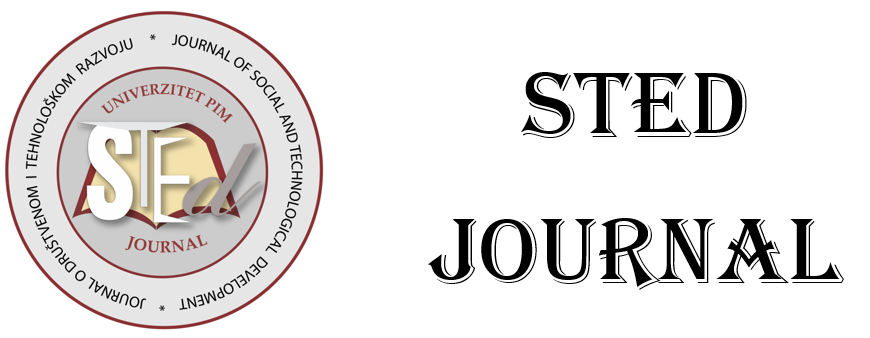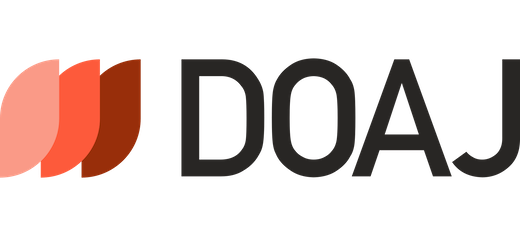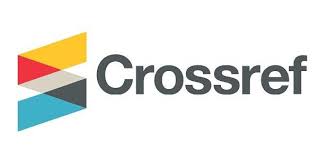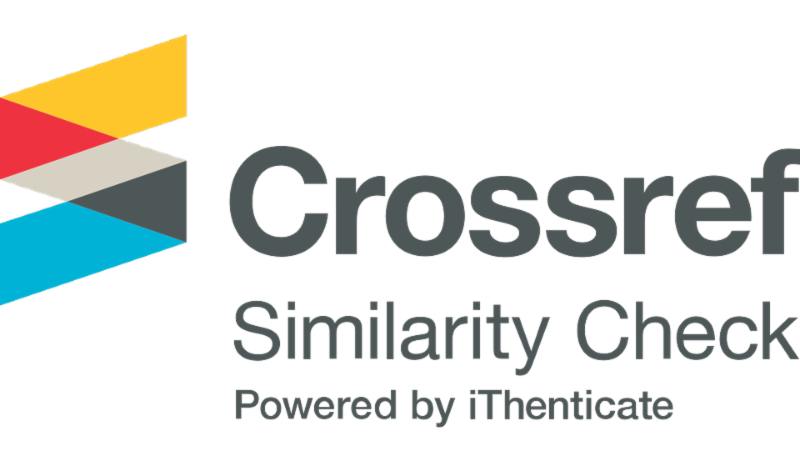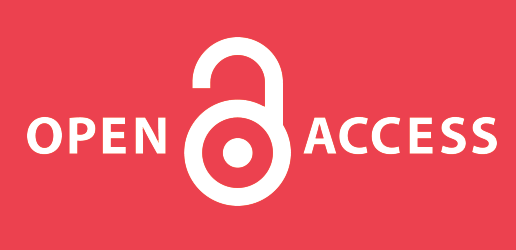
More articles from Volume 4, Issue 2, 2022
DENTAL IMPLANT MATERIAL (POLYETHERETHERKETONE, TITANIUM AND ITS ALLOYS, ZIRCONIA)
TESTING OF SMALL HOUSEHOLD BIOMASS BOILERS FROM THE ASPECT OF WASTE GAS EMISSIONS
OFFERING SERVICES BASED ON DATA WAREHOUSE AS A NEW TREND IN THE WORK OF PUBLIC ADMINISTRATION
GENDER DIFFERENCES OF SOCIOSEXUAL ORIENTATION IN THE CONTEXT OF PERSONALITY TRAITS
B&H CITIZENS’ PERCEPTION AND ATTITUDES ABOUT CORRUPTION IN THE WORKPLACE
Article views
ANALYSIS OF FOREIGN DIRECT INVESTMENT ACTIVITY IN THE REPUBLIC OF CROATIA
Received: 15.10.2022.
Accepted: 15.11.2022. >>
Published: 30.11.2022.
Volume 4, Issue 2 (2022)
pp. 49-63;
Abstract
Foreign direct investments in the Republic of Croatia has been systematically monitored since 1993. During the war years, the inflow of foreign capital, both in the form of direct and portfolio foreign investments, was insignificant. Significant foreign investment activity has been present since 1996. Aware of the importance that FDI (Foreign Direct Investment) can have on the recipient country, both as a factor in accelerated economic development, and as a source for financing the deficit on the current account of the balance of payments, Croatia has declaratively promoted a policy of attracting foreign capital. Although in the first few years after the war this promotion was mostly aimed at the Croatian diaspora, under the pressure of the international community, privatization began in the banking and telecommunications sector, and since the post-war years, the largest amount of foreign capital has been directed there. Thus, in the second part of the 1990s, after the normalization of the situation in the country, Croatia collected a total of nominally around USD 4.5 billion in foreign direct investment, mostly through privatization, and the largest inflow of foreign currency was realized in 1999, in the amount of 1, 2 billion USD (first round of privatization of HT). This paper analyses the factors affecting foreign direct investment and the strengths, weaknesses, threats and opportunities for encouraging the inflow of foreign direct investment into the economic framework of the Republic of Croatia and presents the competitiveness index of the structures and activities of foreign direct investment in the Republic of Croatia. In conclusion, it can be emphasized that since independence, the Republic of Croatia has been making efforts to attract as many foreign investments as possible, while achieving limited results.
Keywords
References
Citation
Copyright
All papers are licensed under a Creative Commons Attribution 4.0 International License.
Article metrics
The statements, opinions and data contained in the journal are solely those of the individual authors and contributors and not of the publisher and the editor(s). We stay neutral with regard to jurisdictional claims in published maps and institutional affiliations.
